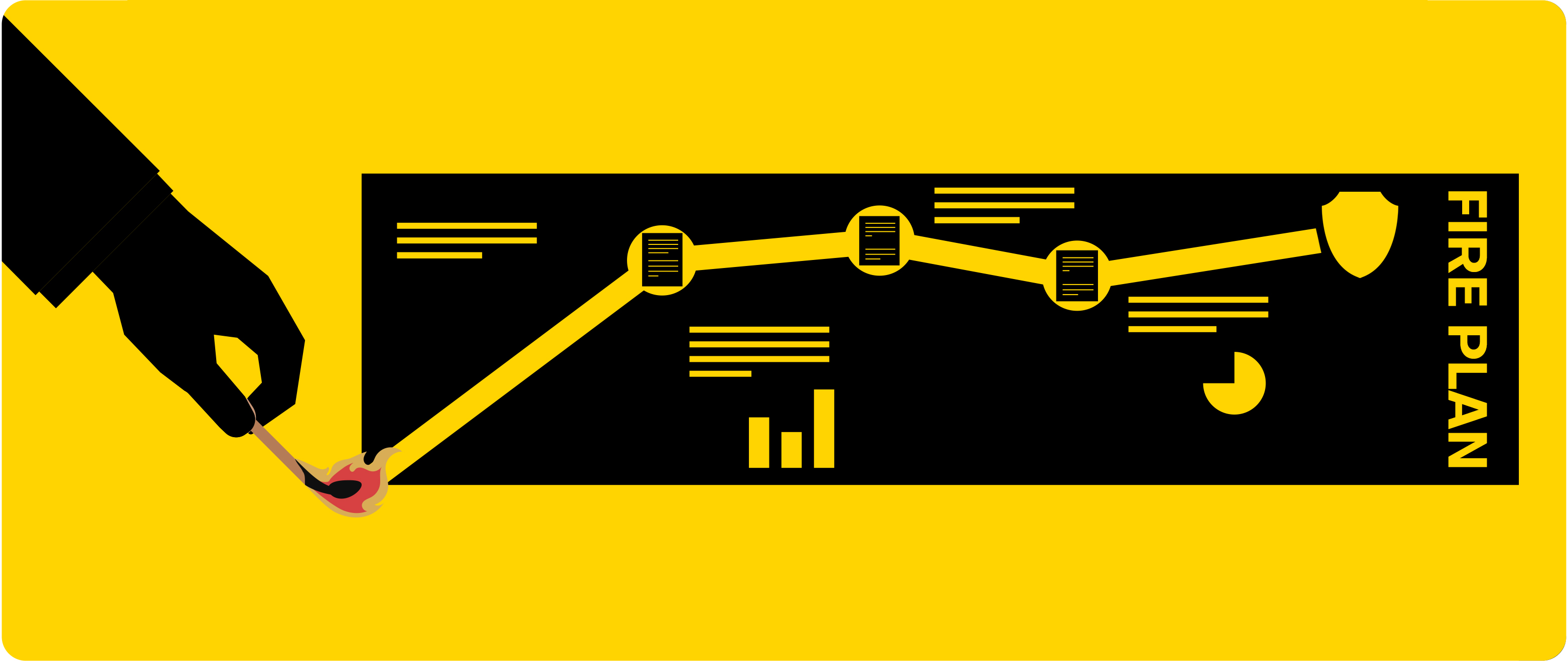Fire evacuations can happen without warning. Unless you’ve planned what you’d do ahead of time, the emergency can put you at serious risk and leave you reeling.
However, it’s hard to think clearly in the heat of the moment, or know what procedures to follow. That’s why a thorough fire evacuation plan can be one of the best ways to ensure a safe, efficient evacuation.
But all plans are not made equal. Decreased mobility, health, hearing and sight may limit a person's reaction time and make it difficult to escape from disaster unassisted. That’s when using an emergency evacuation aid can be a saving grace.
Here are some essential tips to help you develop a foolproof emergency plan.
How to Plan for a Fire Evacuation
Evacuation procedures need to be carefully planned out in order to be effective. Here are 6 essential elements to include when planning for a potential evacuation.
- Know your safety exits. Whether you’re in an office block, apartment building or at home, identify the best exit routes in case a fire should start. Offices and public spaces should have them clearly marked out for easy access. Plan an evacuation route for your own home and encourage friends and family to do the same.
- Have a designated meeting location. Along with a safe evacuation route, there should be an agreed upon place for everyone in your home or building to meet during an emergency. This location should be away from danger, but easily accessible for all.
- Compile an emergency go-to bag. The bag should contain medical supplies, like a first aid kit and necessary toiletries. As well as precautionary items, like a map and flashlight especially if you live in wildfire territory. Don’t forget your pet supplies if you’ve got fur family!
- Keep a list of emergency contact numbers. Keep a list of emergency phone numbers that can be easily grabbed and taken with you. Once in a safe location, call the numbers listed. This can include emergency services and next of kin.
- Identify warning signs. In case of wildfires, learn the signals that indicate a wind change and the different state levels of evacuation alerts. Alongside this, learn to identify several warning signs to predict where a fire has started and which routes to avoid.
- Practice makes perfect. The best way to make sure your evacuation plan is efficient and safe is to practice it often. After all, you can only pick up mistakes after testing it out. It is also easier to follow a routine that you already know when you’re under pressure from evacuation.
While these are just a few tips to include when drawing up your evacuation plan, we have also written a free fire evacuation guide for you to download.

5 Challenges You May Face during a Fire Evacuation
Even if you’re fully prepared for an evacuation, there can be complications that may slow you down. Below are a few you may encounter, and suggestions on how to avoid them:
- A lack of evacuation equipment. Not all public spaces, offices and apartment blocks are equipped to help someone with a mobility impairment evacuate safely. When entering a new building, confirm if they have the evacuation equipment you need and where it can be found.
- Inadequate notice. Buildings and spaces that do not have alarms and warning systems in place are a hazard. Your workplace should be equipped with fire alarms according to OSHA standards.
- No training on available mobility aids. Some mobility equipment requires extensive training, or are limited to professional use only. These can cause a delay in evacuation and put people with mobility impairments at increased risk during an emergency.
- No evacuation plan. Not having an evacuation plan, or not knowing the evacuation procedure is a major hazard. Always ask if a building has an emergency plan and take note of emergency exits for your own safety.
- Ignoring the warning signs. Alarms and notification alerts are there for a reason. Never ignore them, or spend extra time in the affected area to fetch something other than your pet, child or go bag. Evacuating as soon as you are alerted is essential to minimizing your risk.
How an Evacuation Aid Can Help
A person with mobility impairments needs a way to evacuate just as efficiently as their unimpaired counterparts. Their evacuation cannot be left up to chance or until the emergency services arrive. A durable, safe emergency mobility aid is vital to their evacuation, and ideally shouldn’t need trained professionals to be operated safely.
Evacuation chairs are specially constructed with this in mind. By enabling two carriers to easily transport someone through passageways and down the stairs without any formal training. But there are many options on the market. To compare your choices, read more in our blog post: Which Emergency Evacuation Chair You Need.
While it is hard to prepare for something that you hope will never happen, it is better to be safe than sorry. At Mobile Stairlift, we’re committed to helping you prepare and stay safe. We’ve created a durable and lightweight evacuation chair with this in mind. Learn more about the specifications of our EZ Evacuation Chair.



